Why did a company with over 830 million users pay $1bn for a start-up with just 13 employees and just 30 million users? That was the question being asked by commentators earlier this month following Facebook’s acquisition of photo-sharing app Instagram. While the price tag for a business with no reported revenues has raised the spectre of a second dotcom bubble, Mark Zuckerberg’s decision underscores the strategic shift to a visual web.
It’s no coincidence that aside from Instagram, the other big social media story of 2012 has been the rapid emergence of photo-sharing site Pinterest. It’s a site already creating ripples in ecommerce and prompting retailers and brands to reassess their online marketing mix.
US Statistics from Experian Hitwise in March 2012 revealed Pinterest had overtaken LinkedIn to become the third-most visited social media site, with over 100 million visitors a month. Why such rapid growth? Well, at its heart Pinterest doesn’t do anything radically new, but simply does it better. By registering on the site you can create virtual pinboards to which you can ‘pin’ images and photos and videos from other sites on the web.
All boards are public and searchable and you can find themed boards on everything from cats and dogs, to fashion, interiors, travel destinations - the list goes on. As with Twitter and Facebook, if you find a board you like, you follow it. Critically, everything you pin links back to the original source. As a result, Pinterest in the US has overtaken sites like YouTube in the amount of referral traffic they are driving to retail and brand sites.
These are still early days, but it is significant that the creation of Pinterest boards is being driven by women and that 60% of traffic to the site is female. The growth in users in the UK has also quickly broadened to a much more mainstream internet user audience, attracted by the rich visual experience and easy self-expression.
Many forward-looking retail brands are taking sensible and proportionate steps to prepare for the emergence of Pinterest as a major force. These include setting up an official brand page on Pinterest on which they can create boards to reflect different product lines. A Pin It button along the lines of a Facebook Like button can also be easily added under product images on ecommerce sites to encourage visitors to share products they like with their Pinterest network. The proper web analytics to track the behaviour of visitors from Pinterest should also be in place.
What happens with Pinterest should be exciting to watch, but the lesson for retail is to follow the Facebook founder’s lead and invest in the visual web.
Sign in to comment on this article
Not logged in before? Register for FREE guest access today.
You will be able to:
- Read more stories
- Receive daily newsletters
- Comment on stories
Advert



![XOXO-Product-Shot[ALL FLAVOUR]-Sky-1920x1080](https://dmrqkbkq8el9i.cloudfront.net/Pictures/274x183/4/9/2/355492_xoxoproductshotallflavoursky1920x1080_806584_crop.jpg)





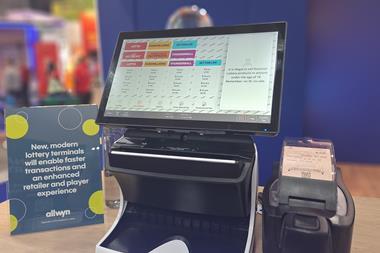
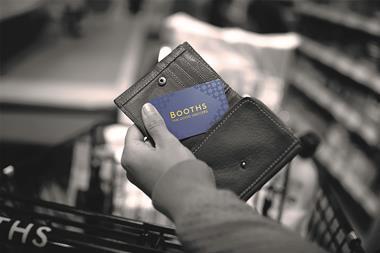
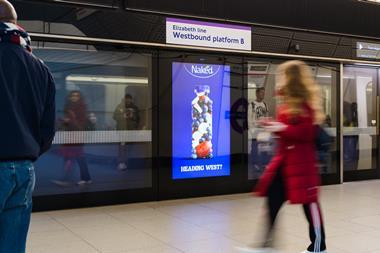

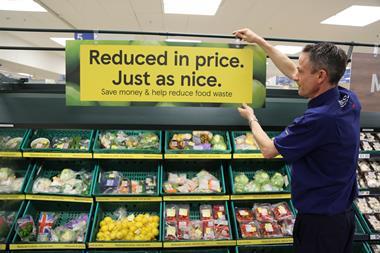


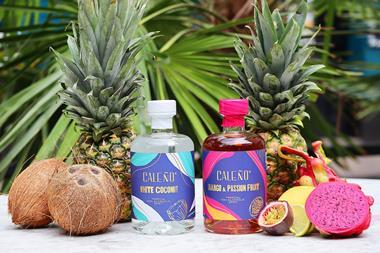


No comments yet